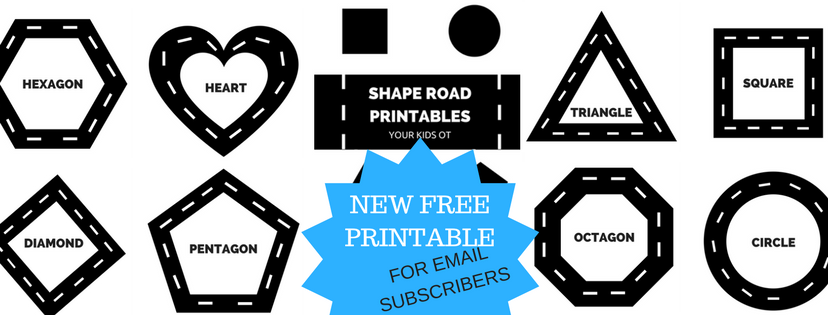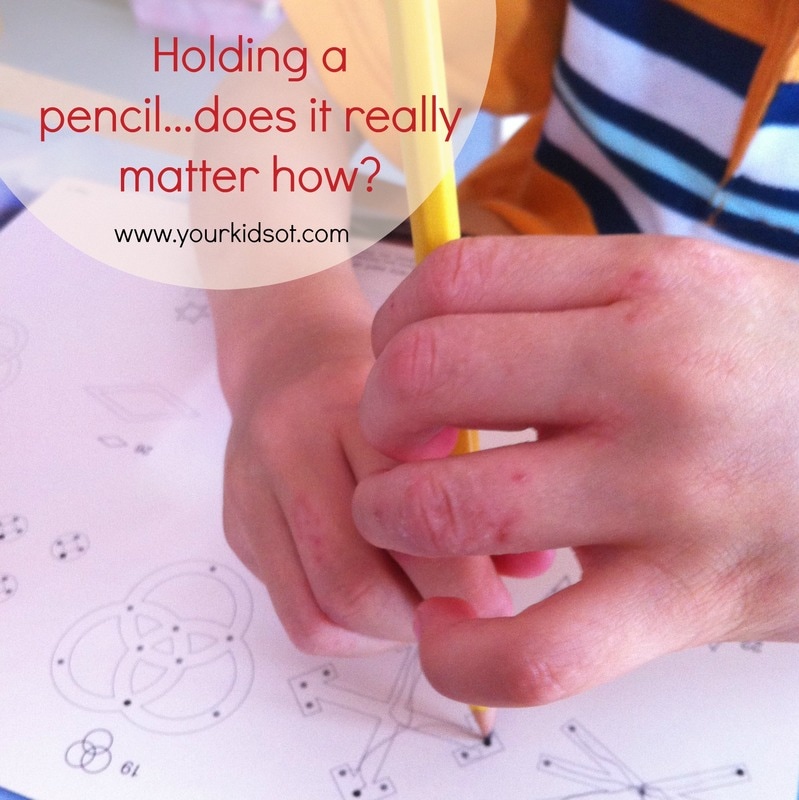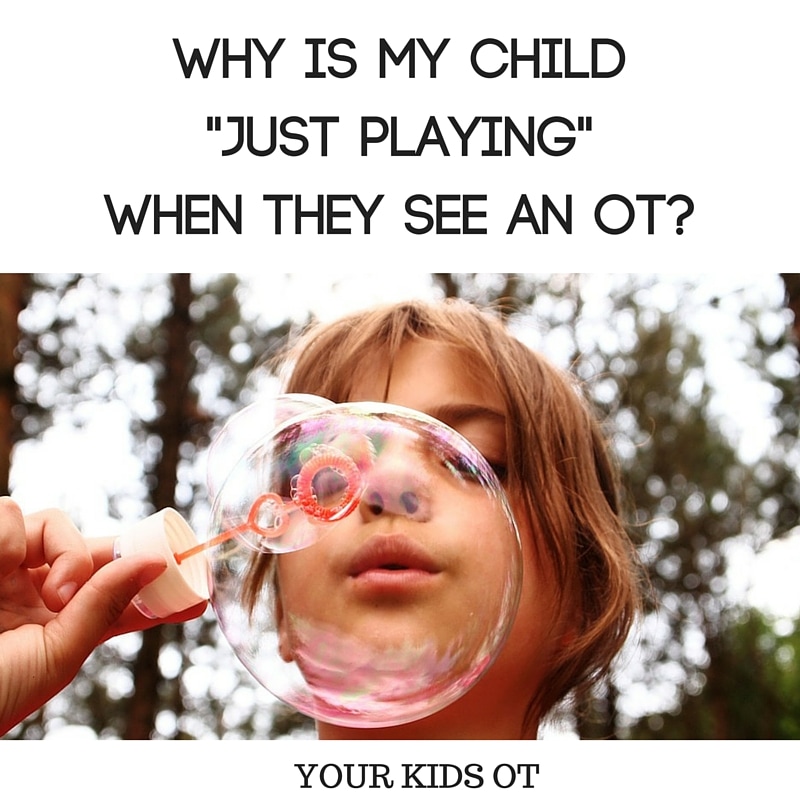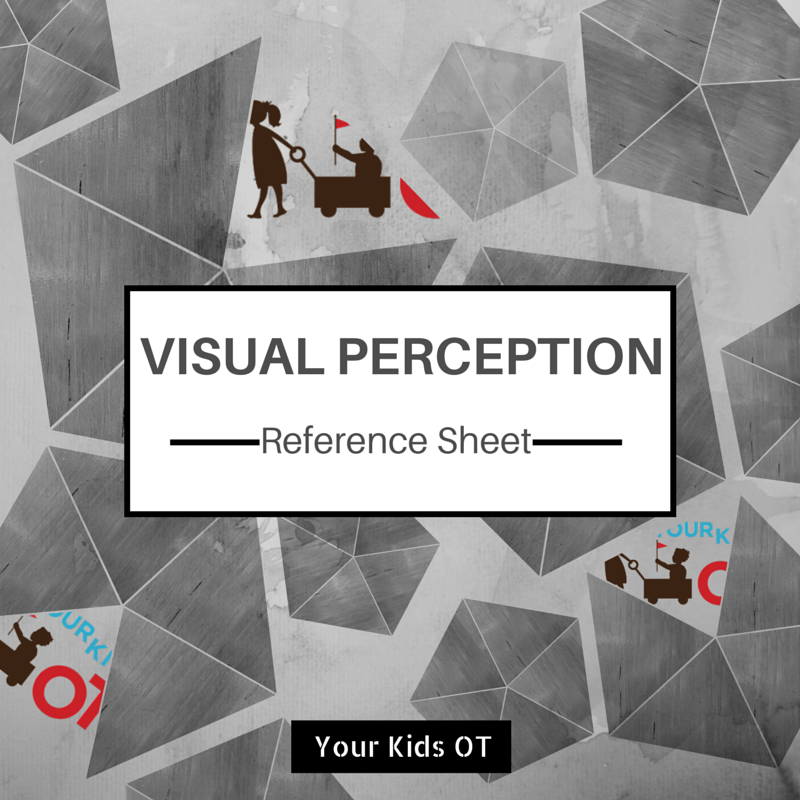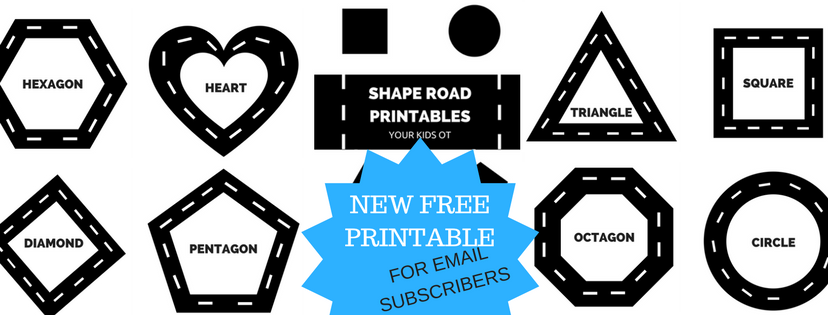|
Although I have given myself a blog-break over this winter school holiday break, I have put together some of the activities that I have previously written about for you to try if you haven't already.  Why not start the holidays by making a batch of homemade playdough or cloud dough? Don't know what I'm talking about? Here are the original recipes and posts (click on the title or photo). Let me know which your children prefer, have fun! Pretend play is an important part of a childhood. It incorporates "conventional imaginative play (play with toys such as dolls and trucks) and symbolic play (ie. play with unstructured objects or inanimate objects)" ~Stagnetti. Pretend play provides children with safe environments to experiment with language, social interaction, solve problems, tell stories, incorporate emotion, use objects, sequence events, role play a character and more. Some children have difficulty with aspects of play mentioned above. An OT can help to assess a child's pretend play skills and assist with the development of these skills. Read more from Karen Stagnetti's website "Children need to Play" at http://www.karenstagnitti.com/ for more information about pretend play. I have developed some "Write and Play" packages to encourage both writing and pretend play. These packages are designed for children requiring extra motivation and opportunities for writing. There may be a specific theme that your child is really interested in and this provides the motivation to write. The "Write and Play" packages will also encourage pretend play. I have developed two themes so far - Airline and Circus themes. Purchase them from the "Your Kids OT Shop", print and cut out the various parts. You might use this in family setting at home with siblings playing together. You might use this a therapy setting with other "pretend" participants. The "Airline Write and Play" package includes-
There are places for your children to write names, dates, places, gate numbers, times, TV shows, movies, games, food options, address, telephone numbers and more! The "Circus Write and Play" package includes -
There are places for your child to write their name, date of performance, program order and food stall prices. I have lots of themes in progress... is your child interested in a particular "pretend play" theme? Let me know in the comments below and if I use your child's suggestion, I will send you the package free! I'm looking forward to hearing your suggestions! Visit my shop today for these packages and more. Did you know that all "red" words in my blogs have a link that you can click?
Thanks for your continued support of Your Kids OT! Some children will gradually tolerate these sensations as they "brave" repeated exposure. Eventually they don't react to these sensations and may seem as if they have always loved these sensations. Other children find it really difficult to interact with these sensations. It is almost as if they are having a pain response to this touch. We call this "tactile defensiveness". Tactile defensiveness refers to the pattern of observable behavioural and emotional responses, which are aversive, negative and out of proportion, to certain types of tactile stimuli that most people would find to be non-painful (Lane & Royeen, 1991). Tactile defensiveness may also be seen with complaints about clothing {the labels, certain textures, length of sleeves}, emotional responses to anticipated touch {avoiding crowded environments, tickles or hugs} and aversion to being helped with some daily activities {such as brushing teeth, nappy changes, nose cleaning}. These are just a few examples. A child who experiences tactile defensiveness may benefit from an overall sensory integration assessment by an Occupational Therapist if this is interfering with their ability to participate in the classroom or to complete daily activities at home. In this post I will look at how you may assist a child who avoids play activities involving tactile materials. This looks at just one sensation they may be avoiding at a time. I will discuss some general strategies to try with tactile defensiveness in a future post. You may like to prepare hands and feet by massaging them with your hands or using a small toy that has a vibration. A tapping or clapping game prior to sensory play with hands will also help prepare your child by helping to be aware of their arms and hands. Example: Sand or rice play with hands The progression begins with asking a child to take toys from the surface of the sand/rice (where they don't need to touch the sand or rice), then half burying the item in the sand/rice, and finally burying into the sand or rice.
Notes:
If your child is more sensitive with one body part (eg. hands) compared with other parts of the body, you may introduce a new sensation to less sensitive body parts (eg. elbows, forearm, etc). You may be able to incorporate pouring and scooping at some point in addressing your child's play. It is preferable if your child does this independently rather than someone else pouring it over them. Have a go at these simple, gradual introductions to these touch sensations. This may be a slow process as children have different levels of tolerance. A child may become tolerant of one texture quicker than with another. Is your child sensitive to touch? Lane, S. & Royeen, C. (1991). Tactile processing and sensory defensiveness. In Fisher, Murray, & Bundy (eds.), Sensory Integration Theory and Practice. Philadelphia: F.A. Davis Company.
We had a fantastic holiday with lots of lovely memories and even pleasant experiences on the plane. One of the best things about returning home from a holiday is "rediscovering" toys that haven't been seen for a while. Both kids loved playing with kinetic sand today (click here for more on Kinetic Sand) and Mr 3 couldn't wait to pull out his road mat.
Mr 3 loves driving and creating stories with his road mat. Every now and again we will add an extra feature that he comes up with. Today we added a petrol station as one his cars had run out of petrol.
You don't need great drawing skills (my pictures are very simple) to create this fun road mat. Many boys (and girls) love to play with toy cars. Driving along a road is a simple way for children to develop eye-hand coordination. Through pretend play, children can create stories and use their imaginations. This road mat is large enough for Mr 3 to play with a friend (or a beloved cousin) and this is great for the development of social skills. Our road mat stores neatly under Mr 3's bed so there is no problem with storage for us. This is usually the first toy Mr 3 pulls out when he wakes up in the morning to have "quiet" play before waking up mummy! Win-Win! Do you have a little one who would love a homemade car mat? It is so easy to make, give it a try and let me know if you do. Safe driving... Tapatan is a fun three in a row game originally from the Philippines. It is closely related to "Tic Tac Toe" (also known as noughts and crosses). It is a new alternative "fine motor" activity for me to use in therapy and fun for kids as an alternative to "Tic Tac Toe".
Game objective First player to get three checkers in a row (horizontal, vertical or diagonal line) is the winner. How to play 1. Players begin with 3 checker pieces each. 2. Players take turns to place their checker pieces onto the board until all checker pieces have been played (unless the first player wins). 3. After all the checker pieces have been player, players may move one of their checkers to an adjacent unoccupied space on the board. 4. Play continues until one player achieves three checkers in a row or a stalemate is declared when one player cannot move their checkers or a position is repeated three times. Here is a sample game unfolding... Your school age kids will love TAPATAN! Download it today or make your own game board this weekend. Teachers, why not get your class to measure out the sides of the square and intersecting lines, then play the game. Let me know if your kids love it. I would love to see photos if you have a go. Try it this weekend. Note: For those with a keen eye, yes I did notice that both my TAPATAN squares are slightly askew. Hopefully you can draw a straighter line than me.
We are going overseas (**cue excited dance**). This involves an 8 hour flight and airport time (**cue nervous laughter**). We have travelled before as a family with a memorable almost-two-year old leaving her screams as a souvenir for those on our flights. This scarred us and we have waited for Mr 3 (almost 4) to "grow up" a little before attempting an international flight.
What's in Mr 3's "Trunki of Tricks"? 1. Trunki - the suitcase itself is a great fun. Mr 3 can sit on top of it and push along with his feet. We can pull him along whilst he sits and lifts up his feet. It fits neatly underneath the seat in front on the aeroplane so the contents can be accessed easily. Importantly, if you are in a hurry the Trunki has a long shoulder strap that adults can use to carry it. 2. Puzzles - individually packed in zip-locked bags. 3. Funny Faces colouring book by Crayola - includes stickers and colouring pages. 4. Kaleidoscope scratch art - includes wooden pencil, stencil and 2 pieces of scratch art paper. 5. Notebook, pencils and stickers 6. Books to read - chosen based on Mr 3's interests. 7. I -Spy books - very thin small books that have lots of detail to find. 8. Mr 3's folder of fun! - I found this neat zip up folder at Office Works. It has a small pocket which I have put the tiny car erasers and cars seen below. The folder also includes dry-erase markers, a glue stick and the following activity sheets. My homemade activity sheets were made from scrapbooking paper, stickers and some printables. I laminated all of these activity sheets. They include: 1. Dinosaur scene with small dinosaur stickers. Mr 3 loves to tell stories with dinosaurs and I'm hoping this will occupy him for quite a while. 2. Thomas printables and train track. Both of these were found on the internet. 3. Car mazes with small cars. Three of the small cars are erasers found at a discount shop. These can be driven along the mazes or Mr 3 can use the dry-erase markers to draw on them. 4. Counting page. Mr 3 loves to count. 5. Rainbow I-Spy. I created this page for "spying" at the airport and on the aeroplane. Especially for the time that you sit on the runway and taxi to the runway....well this can take a long time! {Flashback to being delayed for an hour on the runway with almost-Miss-2-year-old}. You can find this printable at the Your Kids OT shop as a free printable. 6. Shapes matching page. Mr 3 can draw using the dry-erase markers to match the shapes or around the shapes. 7. Empty faces. Mr 3 (or I) can draw some funny faces. Yes, I know that there is quite a lot of stuff and hopefully it won't all be used! There is still the plane ride home.
I will be trying to post to the blog whilst we are away but apologies if it doesn't work! These activity ideas are not restricted to travel times! The activity worksheets could be used in a therapy context. Do you think your preschoolers would like any of these activities? What is your "must pack" travel activity? Earlier in the year a friend told me about "Gelli Baff" ... a product that turns water into a jelly-like goo and back into water. I searched for it in lots of stores but couldn't find it at any of the listed suppliers. I stumbled across "Gelli Baff" at my local toy store when they discounted it recently.
In the "Gelli Baff" box you get two packets of powder. It is a simple application. Here's what to do... Miss 7 and Mr 3 were really excited. Miss 7 leapt into the bath and immediately LOVED it. Mr 3 dipped a toe and said "yuck...urgh it's slimey" and then was taken to the shower. Here's the "Gelli Baff" in play... To really get an idea of the texture here is a short video. To turn the goo back into water... This is a pretty cool product and I can see it used in a sensory play tray at home, childcare or preschool. It would also be great in an outdoor wading pool in summer. I forgot to mention the colour changes as you add the "step 2" powder so we went from yellow to green. There are other colour options too. This will also interest those who like science looking at density and colour. The colour does not stain the bath or your child. Miss 7 reports that it felt like a "hug" in the water. Mr 3 is a bit tactile defensive (reacts to touch sensations) and did not enjoy the experience. We found that a rinse off in clean water was necessary for both kids after playing with "Gelli Baff". Would your kids like Gelli Baff? Try it and see! Note: I have not received any remuneration for this product review. All opinions are comments are my own. This post does contain affiliate links.
"IQ Twist" is single player game of logical thinking and problem solving. Our family is going overseas soon so we are starting to think about what to pack! Miss 7 brought "IQ Twist" with her on holiday last year and enjoyed challenging herself with this game on the plane. It comes in a neat hinged box which keeps all the pieces together for travelling.
The game consists of 7 coloured pegs and 8 twisted puzzle pieces. The twisted pieces are different shapes and have some parts with holes and others which don't. To play, you choose a challenge from the booklet which gives you a picture to guide placement of the coloured pegs. Matching the coloured pegs to the board in the correct places involves good visual perceptual skills. The pegs are small; encouraging a good pincer grasp and open web space when manipulating them. The aim of the game is to fit all the twisted puzzle pieces back into the board whilst matching the colours appropriately. This challenge will require skills in visual discrimination and position in space. It will also require good problem solving skills and some perseverance!
Designed for kids 6 years old to adults, "IQ Twist" is a fantastic little game; perfect for those who love a challenge. It is available from various stores for A$15.00 approx. See Kidstuff, Five Senses Education or Amazon.
Note: I have not received any remuneration for this post and the opinions expressed are my own. Your Kids OT is an affiliate partner with Amazon therefore purchasing from Amazon will support this website.
Uno is the game of choice in our household at the moment. Miss 7 and Mr 3 like playing it over and over. Mr 3 worked out pretty quickly to say "uno" when he has one card left. It is teaching him about colours, numbers, turn taking and waiting. Little hands have trouble holding cards. We road-tested a few options below. Some were inspired by pinterest and others by what we had around the house. Miss 7's favourite card holder was the "cardboard brick" that has a slit that easily held her cards. Mr 3 preferred the bridge from his train track set. They both had difficulty managing the peg as they had to lay down the cards to add and take away cards. We found the egg carton with slits made down the middle worked well. The lego holder also worked well, however Miss 7 commented that others could see her cards easily. The shoebox worked on the floor as the cards tended to lean forward. In a therapy situation, card holders would work well with children who are impaired on one side and need a support for their cards.
Do your kids enjoy card games? Do they have difficulty holding their cards in their hands? Have you tried any of these card holders or have you got one of your own?
The "Tupperware Shape-O" is a classic toy that brings nostalgic memories for some (including me) of their early childhood. We have a Tupperware "Shape-O" that has been a little ignored and forgotten in our household as the kids are getting older. I thought it was time to bring back the "Shape-O" and re-purpose it for now.
The "Tupperware Shape-O" includes 10 shapes which are numbered 1 to 10. There is the ball itself with holes for posting the shapes. Here is a round up of ways you can use your "Shape-O". Learning shapes
1. Trace the shapes onto paper to get an outline. Ask your child to match the shape to the outline. A great way to encourage visual discrimination.
2. Place the shapes into a bag. Ask your child to put their hand in the bag and feel a shape. Ask them to identify the shape. This ability to perceive and recognise an object using tactile cues without visual and auditory information is called stereognosis. 3. Draw or trace shapes on a doodle board, whiteboard or paper. 4. Use shapes as cutters with playdough. 5. Form shapes using pipe cleaners. 6. Form shapes using straws. 7. Draw shape outlines with chalk on the ground outside. Place the shapes in a bag. When the shape is selected, child runs (or hops/skips/jumps/pushes on the scooter board) to the correct shape. This activity incorporates gross motor skills with learning shapes. There is an element of visual perceptual skill development "form constancy and position in space skills". 8. Throw the "Shape-O" ball onto the lawn. Ask your child to identify the shape, run back to the shapes, select the correct one and post it into the hole. Again incorporating gross motor skills with learning shapes. Learning numbers and counting!
1. Line up your "Shape-O" shapes according to the number printed on the shape. Place the correct number of short straws into playdough sections. Count the straws. Remove the straws and count the holes.
2. Stack small blocks inside the "Shape-O" shapes according to the numbers inside. 3. Use small objects (eg. marshmallows, sultanas, beads) to count out the numbers inside the shapes. 4. Place the shapes inside a paint palette. Peg the correct number of pegs to the paint palette section corresponding to the number inside the shape. 5. Use a bingo paint marker to count out the numbers in each shape. For babies...
Babies will love to pull the scarf from the "Shape-O" ball. They can watch the colours of the scarf and problem solve to get the scarf out. Older babies may like to poke the scarf into the holes. {Supervise your babies as any cord may be a choking hazard).
Crawlers will love to go after the rattling ball with the shapes inside. They can push the ball to their grown up or around the room.
Do you have a "Tupperware Shape-O"? Have your children played with it recently? Let me know if I've given you some ideas to take it out of storage and back into the rotation of toys. Have fun!
Note: I have not received any renumeration for this post from Tupperware.
|
AuthorHi, I'm Cindy and I am an Occupational Therapist. I enjoy working creatively with children to see them reach their potential. Read more about me here. SEARCH THIS SITE
Archives
April 2024
Categories
All
Popular Posts |
Join the YKOT e-newsletter!
Subscribe to get our latest content by email and receive
the SHAPE ROADS PRINTABLE NOW!

Success! Now check your email to confirm your subscription and receive your free printable!
Join our Mailing List!
Subscribe to get our latest content by email and receive
the SHAPE ROADS PRINTABLE NOW as a thankyou!

Success! Now check your email to confirm your subscription and receive your free printable!
Disclaimer: The information on this site is general in nature and should be used for educational and entertainment purposes. The activities are safe for most children, however, you should consult an Occupational Therapist or health professional to address specific movement, sensory or other medical conditions. This blog does not replace formal therapeutic professional advice given by a health professional or medical practitioner. Reviews and endorsements of products will only be made based on my expertise and personal opinion; and deemed worthy of such endorsement. The opinions shared in sponsored content will always be my own and not that of the advertising company or brand. Content, advertising space or posts will be clearly identified if paid, affiliated or sponsored. Affiliate links may be found throughout this website in advertising. This means that if you follow through with a purchase from these links, Your Kids OT will receive a percentage of the sale. Your Kids OT undertakes to meet the requirements of the "Social Media Policy" as published by Australian Health Practitioner Regulation Agency (AHPRA). Further information about this policy can be found here.
Find meFollow me |
About me
AuthorHi, I'm Cindy and I am an Occupational Therapist. I enjoy working creatively with children to see them reach their potential. Read more about me here. |
Copyright © 2017 Your Kid OT


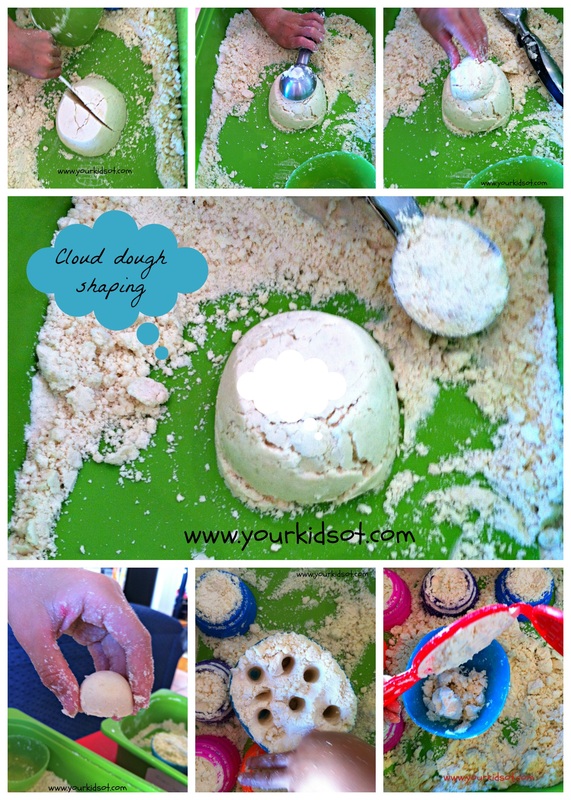
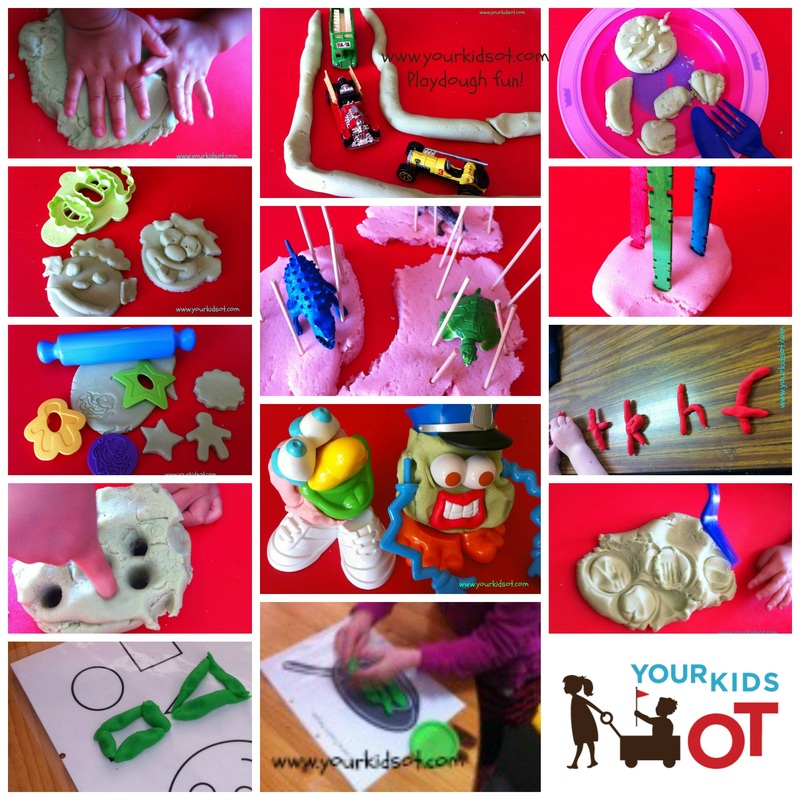
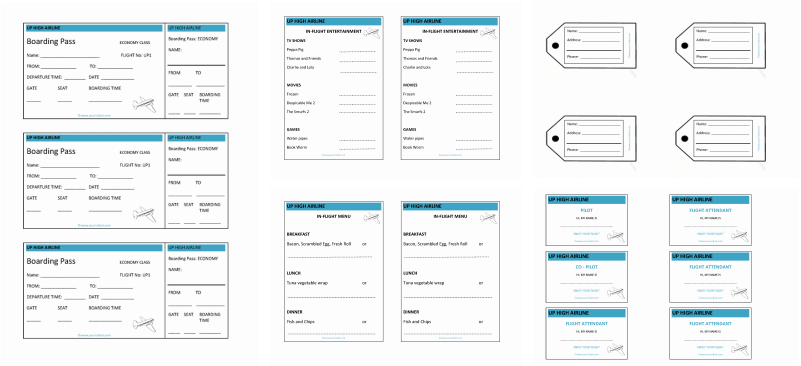
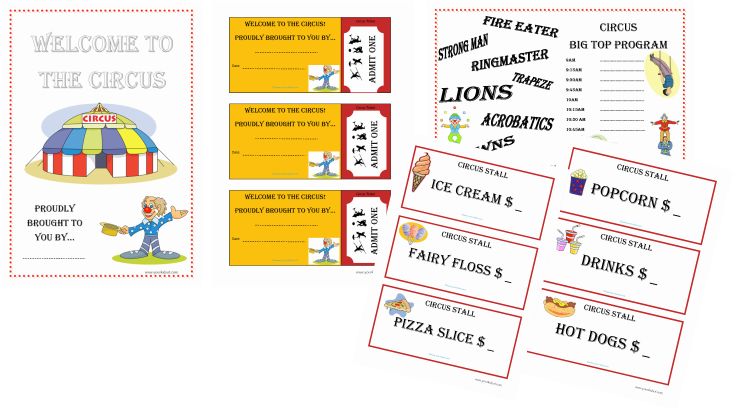

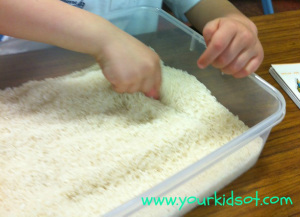



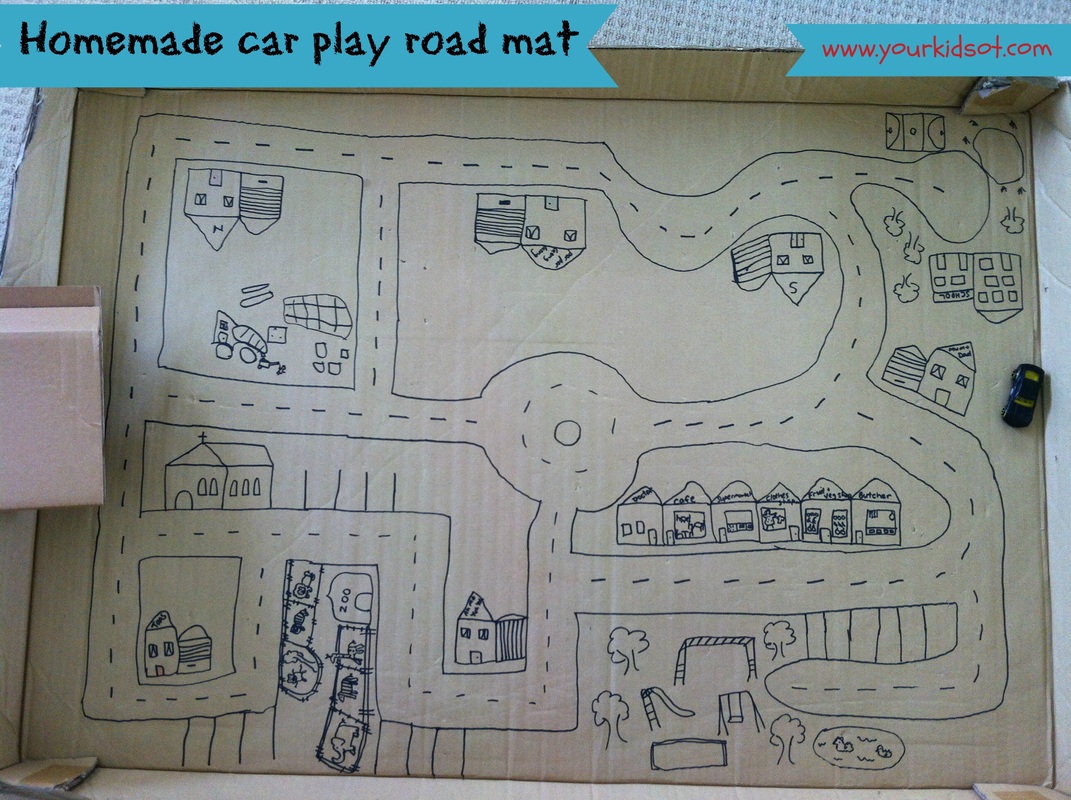
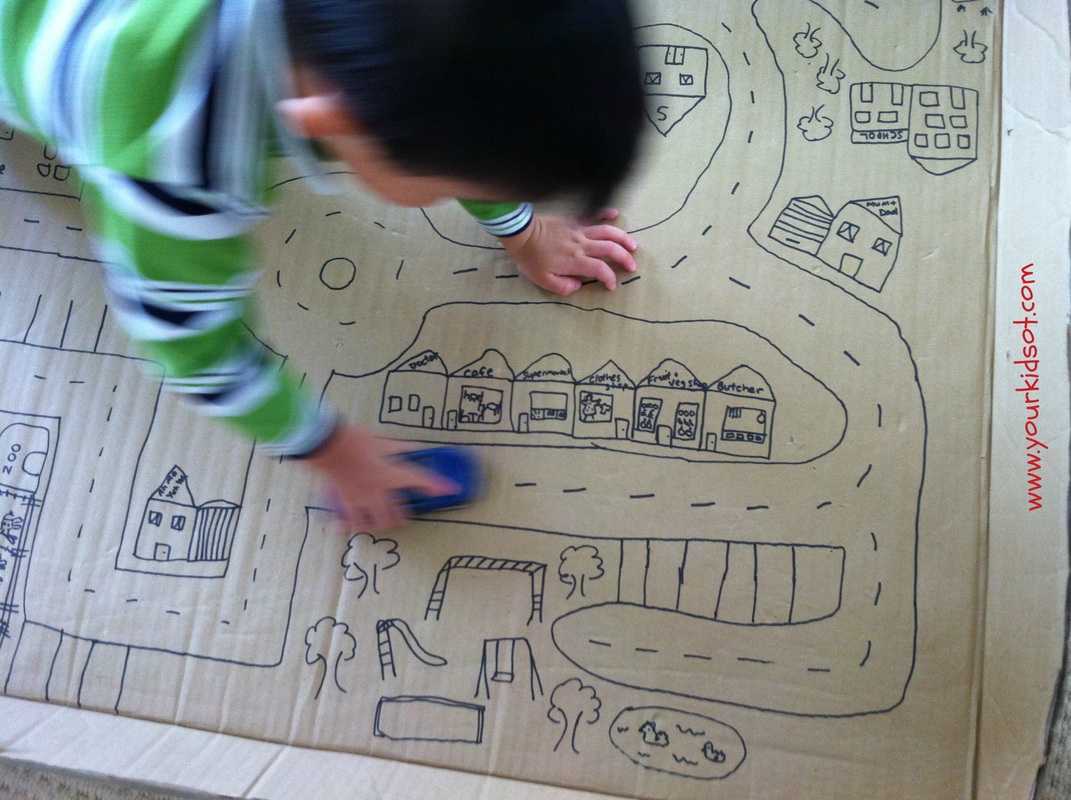
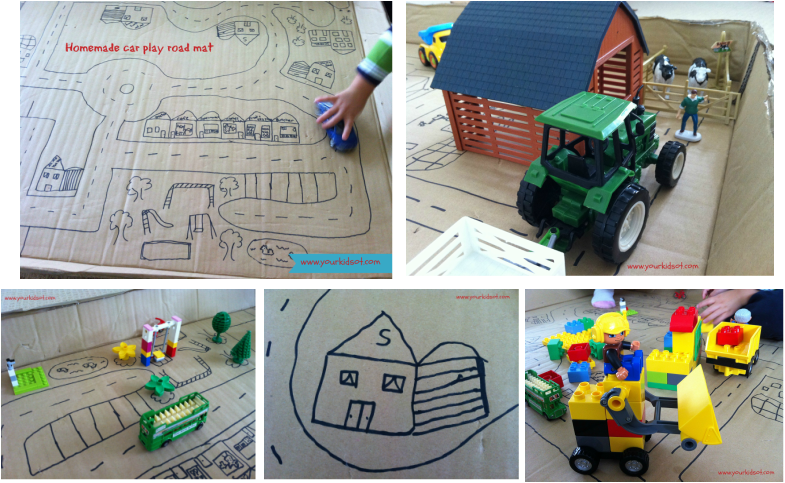

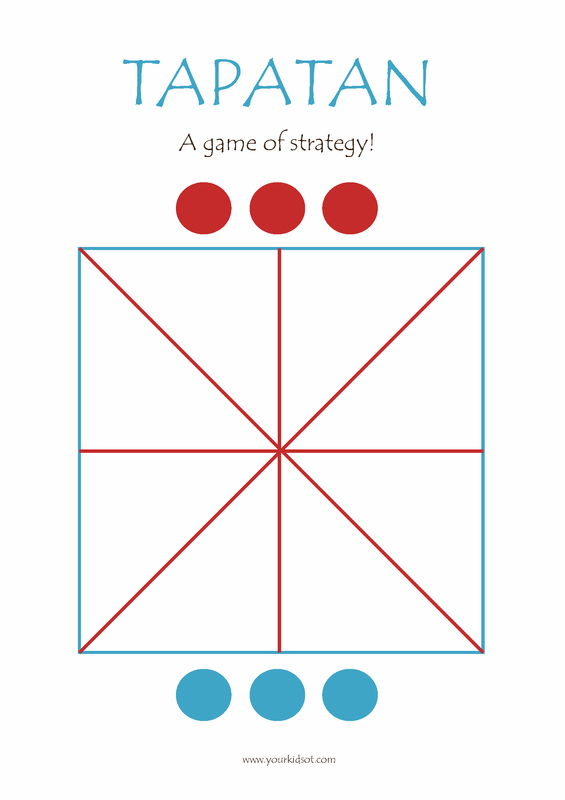
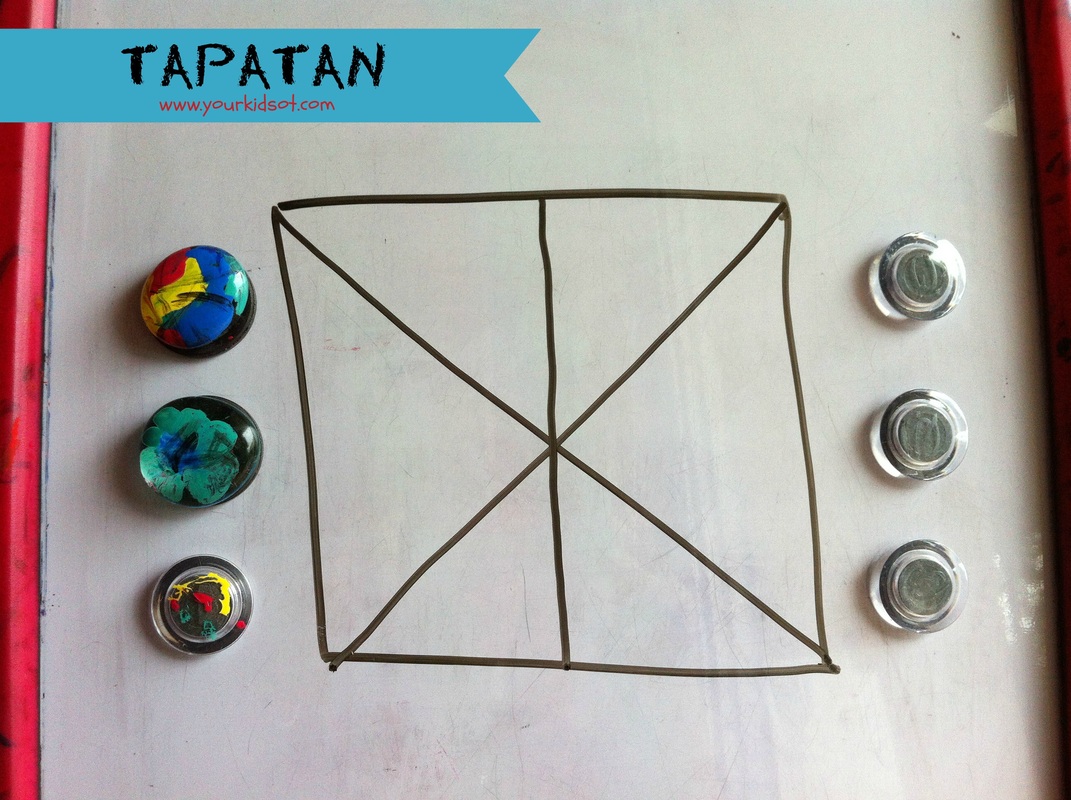
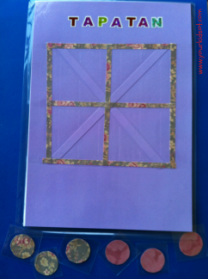
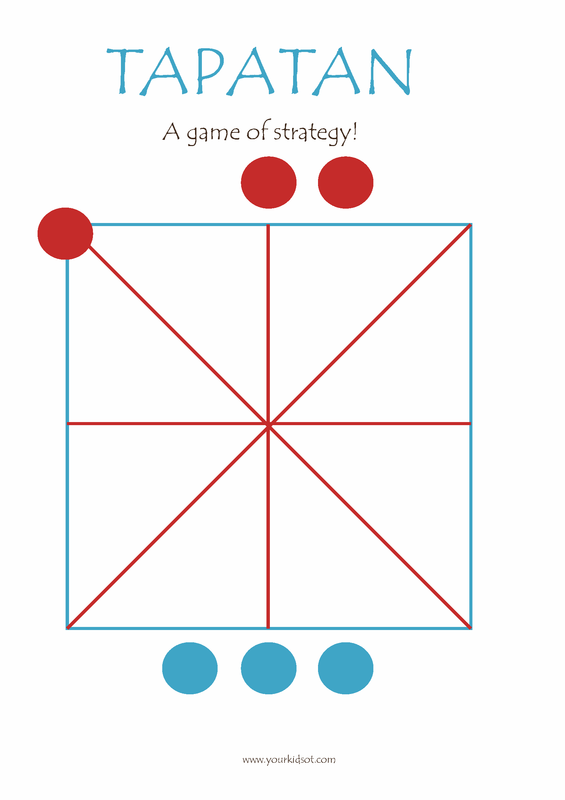
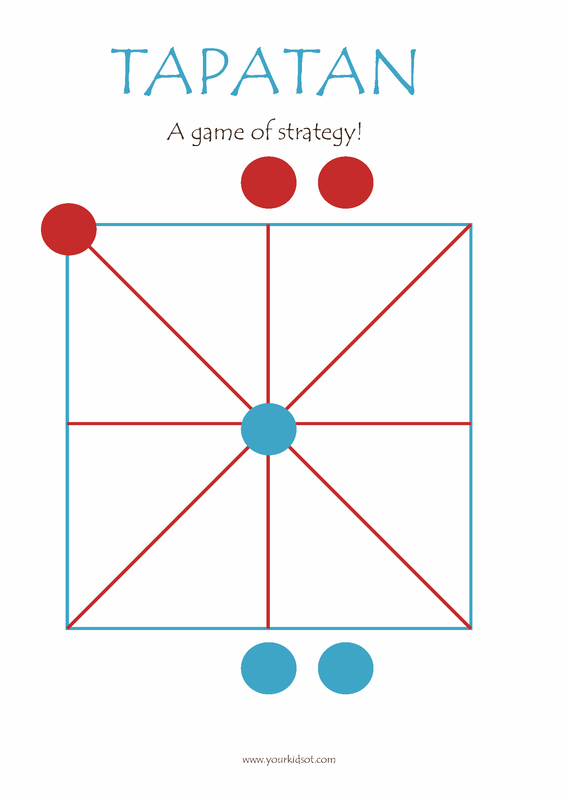
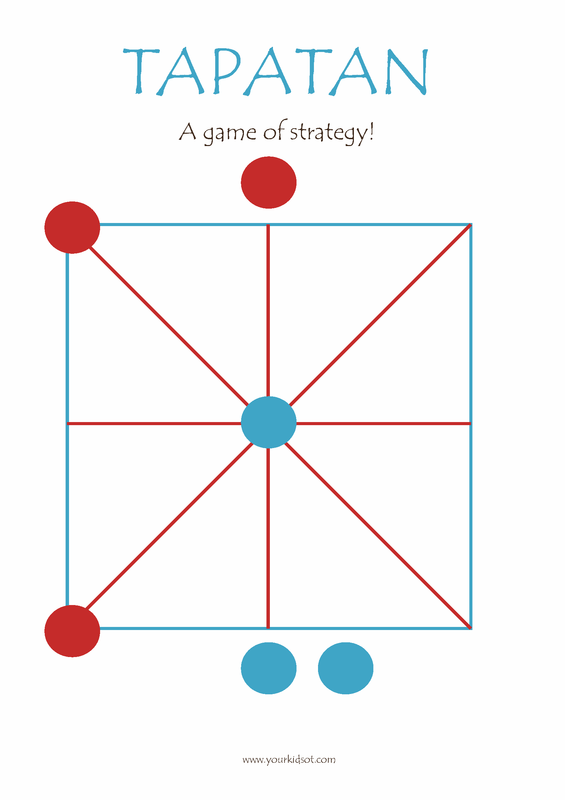
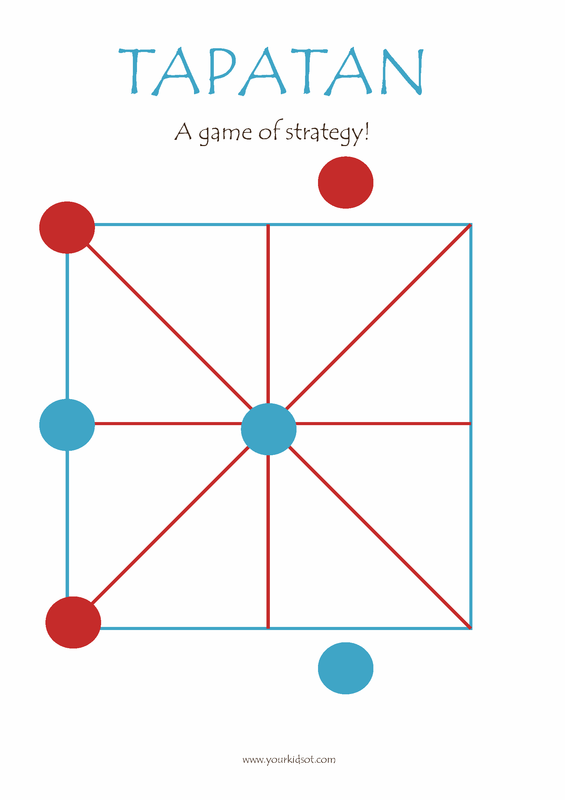
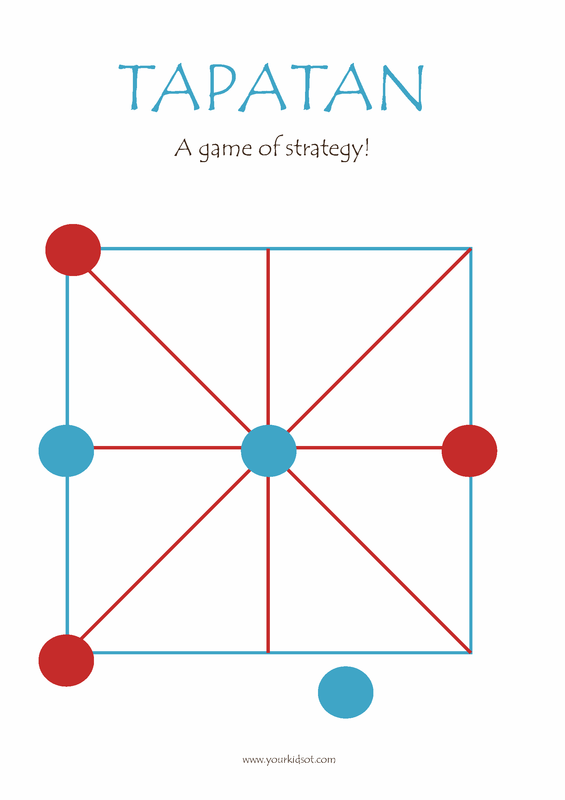
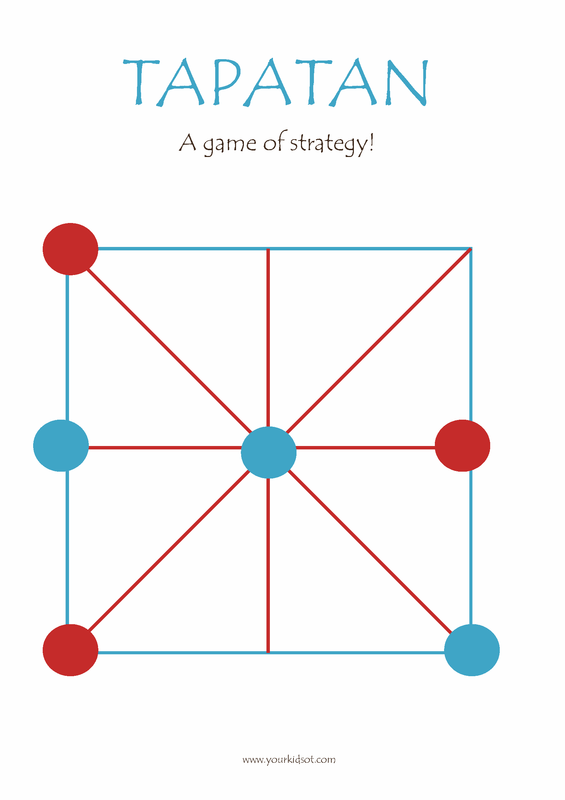
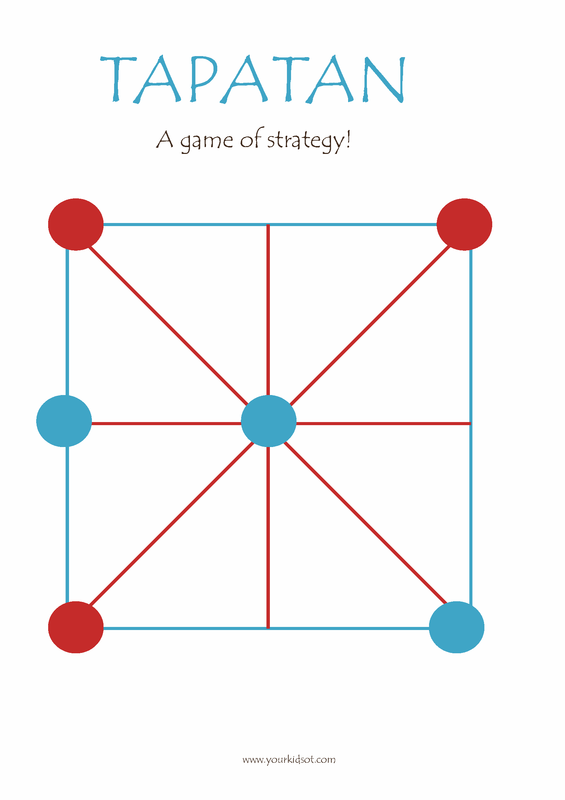
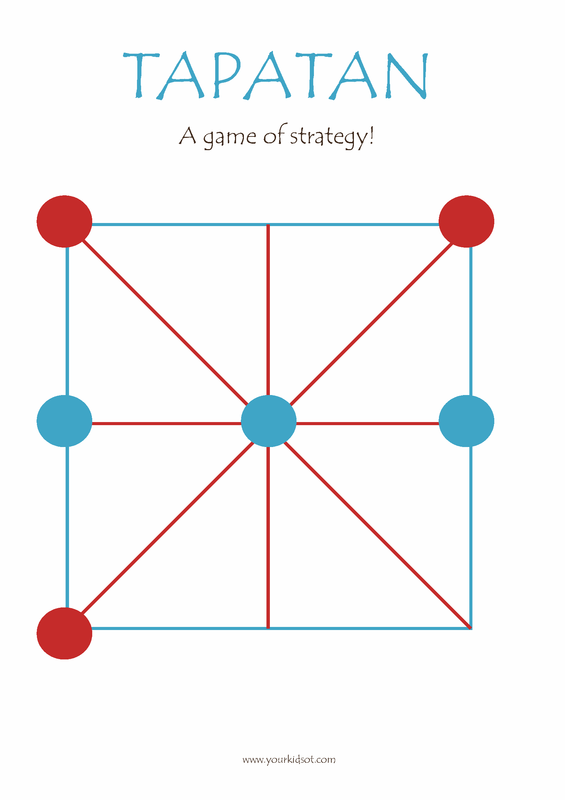

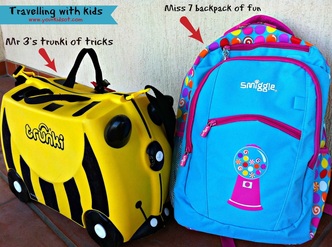
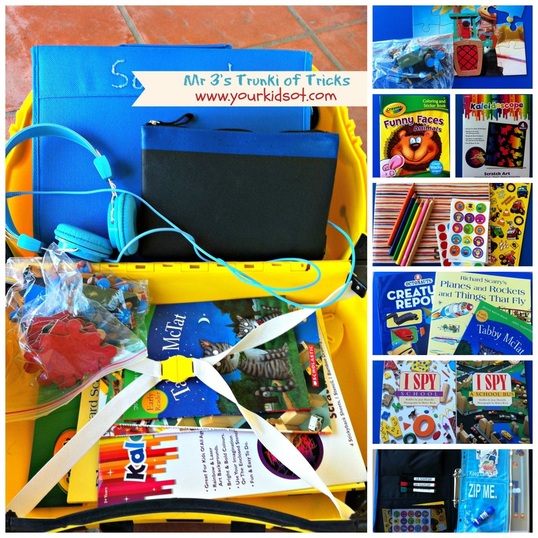
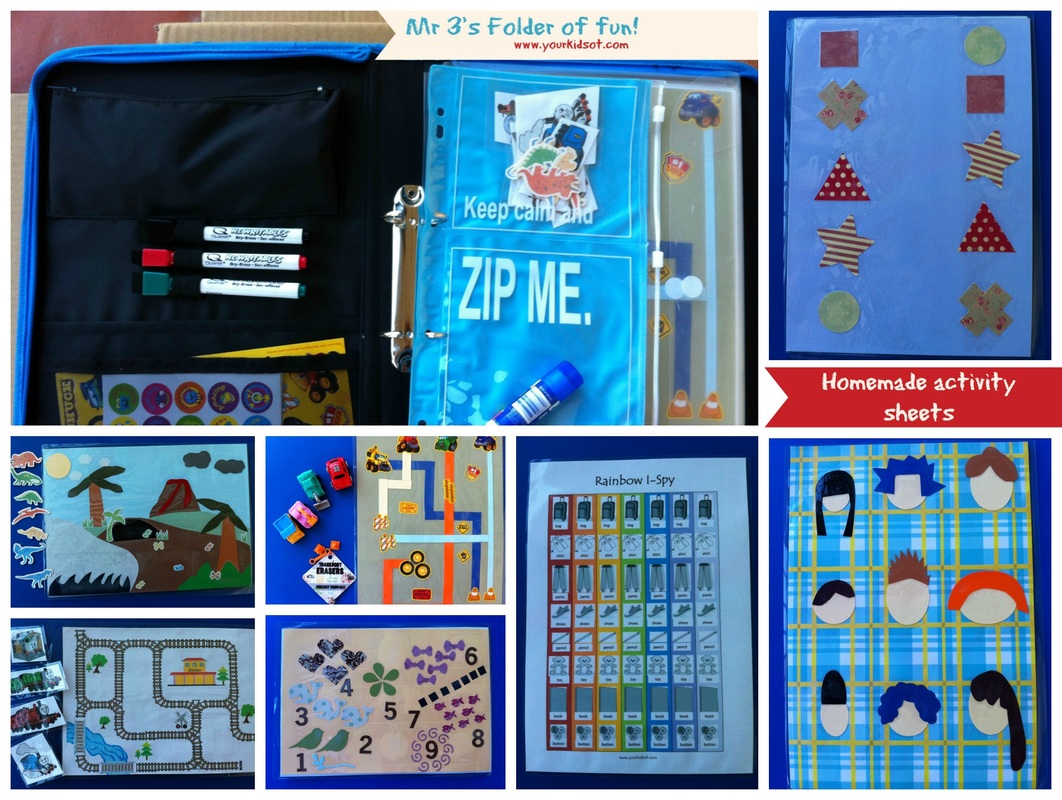

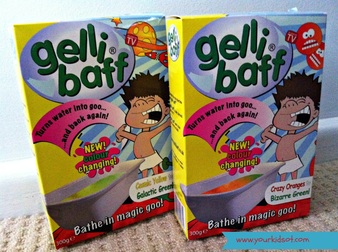
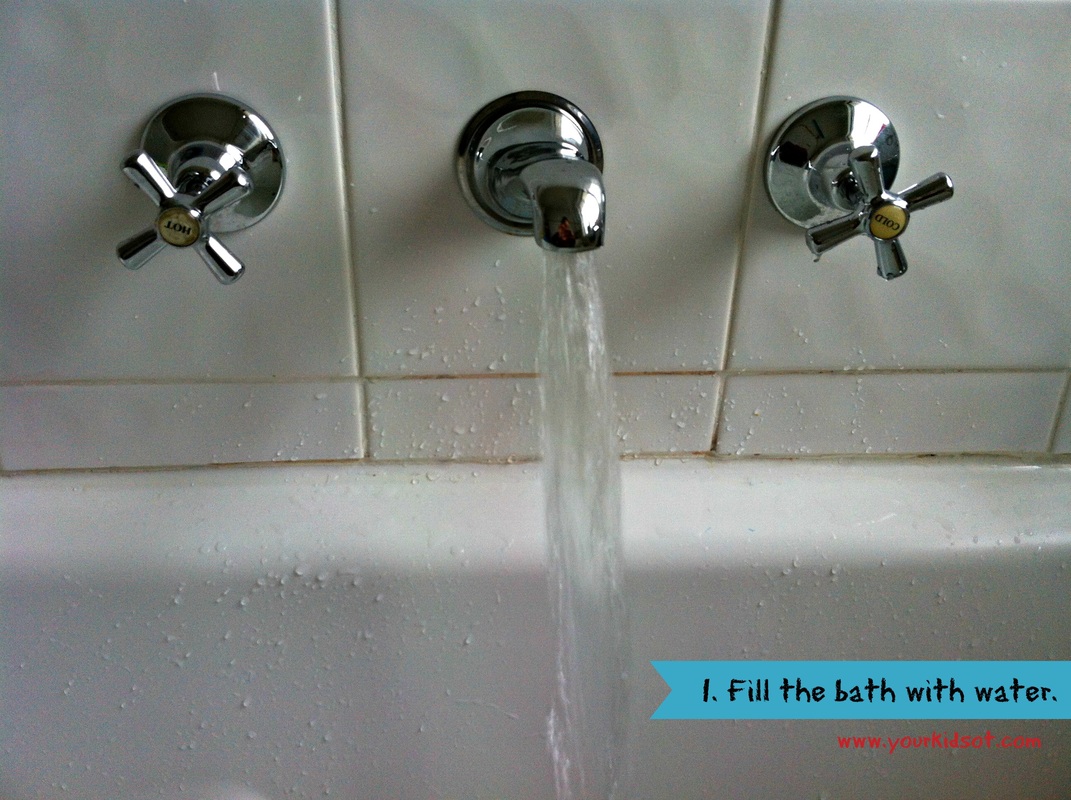
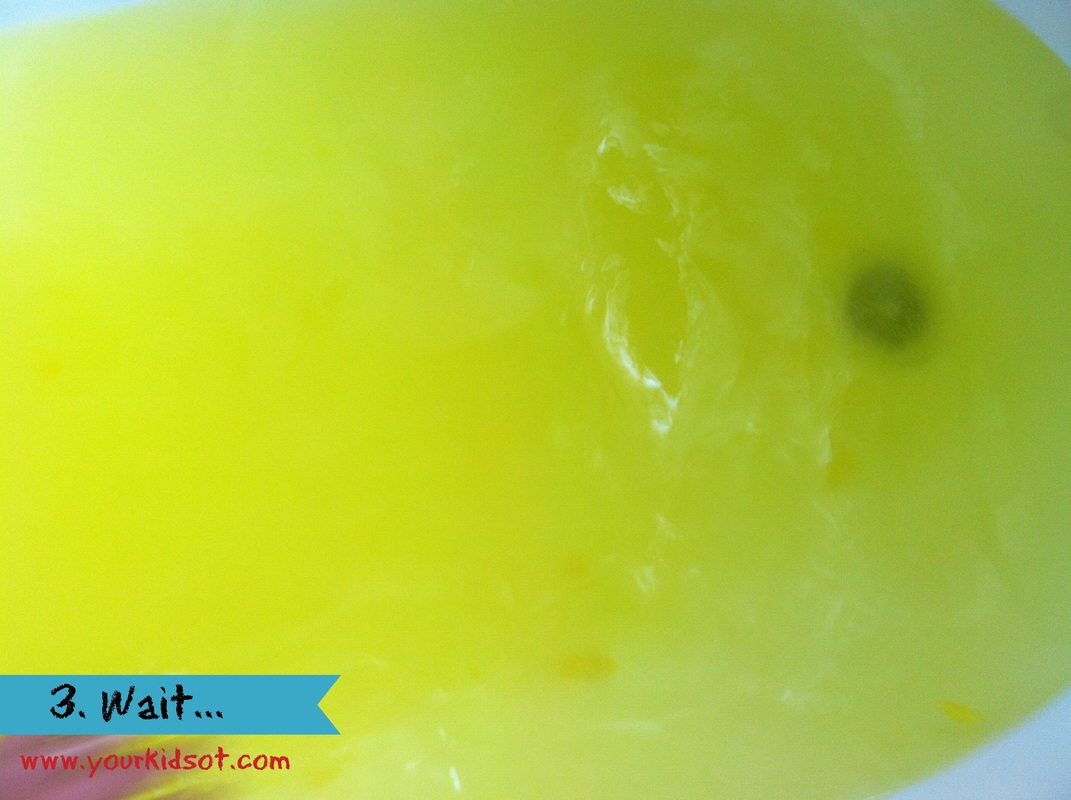
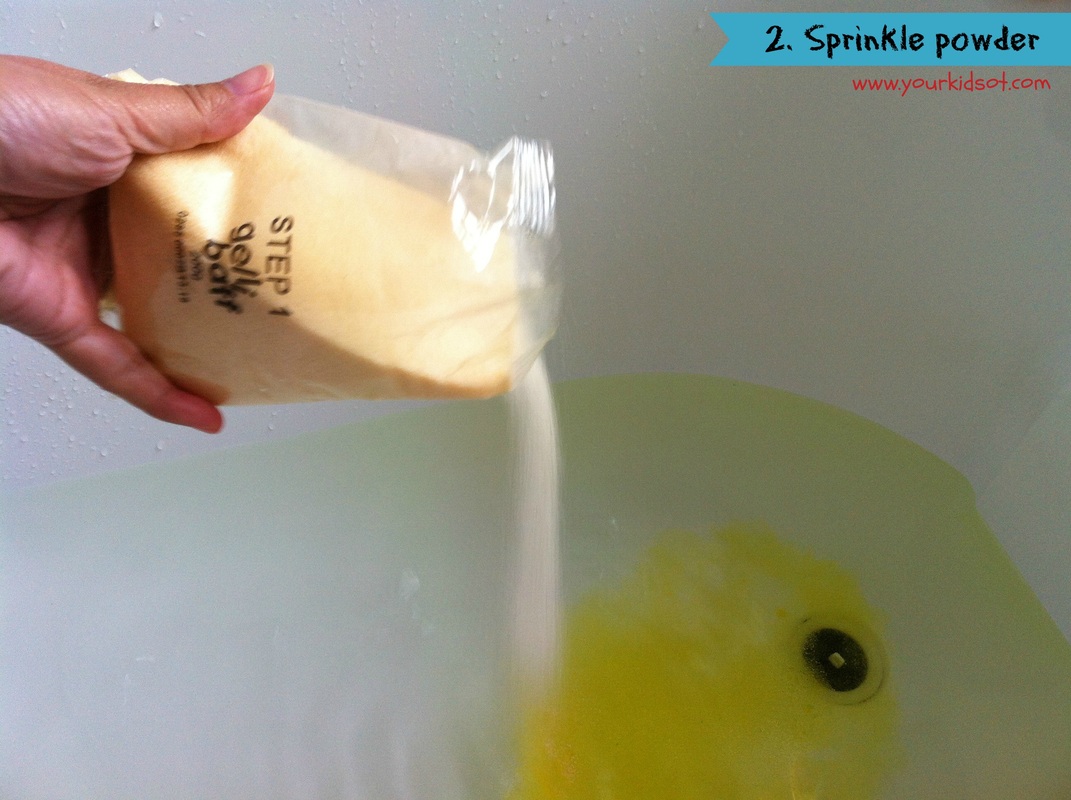
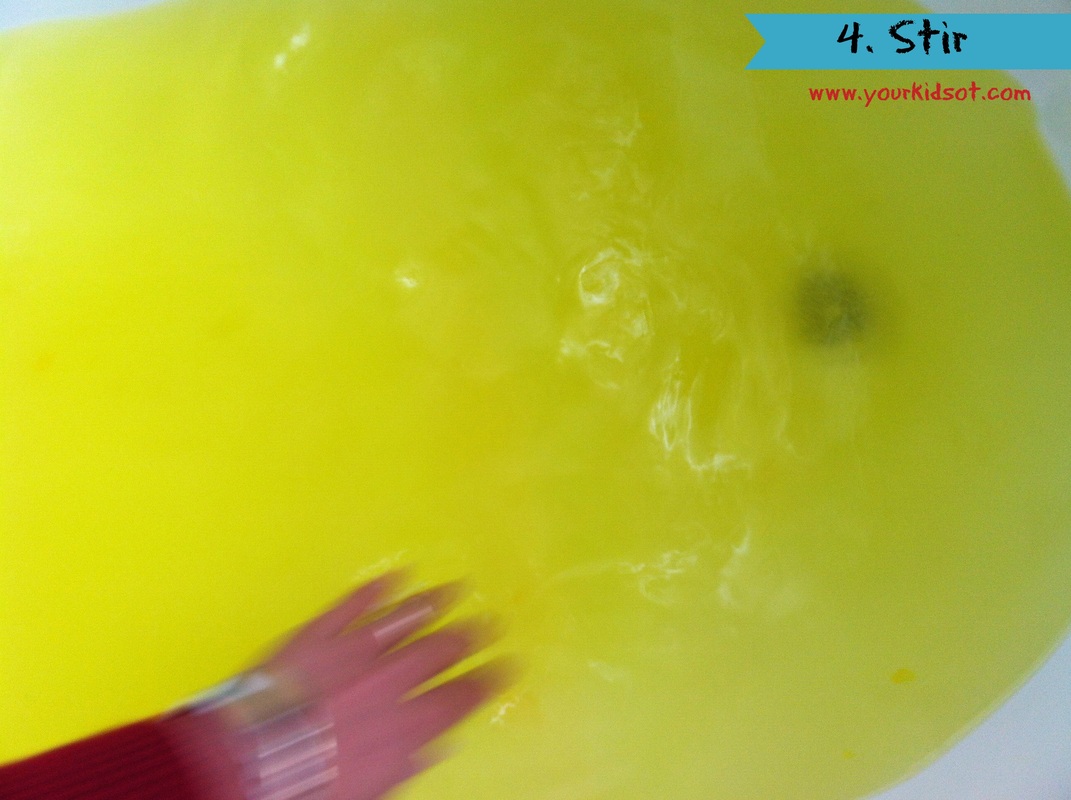
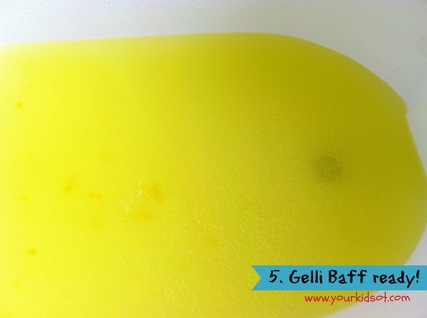
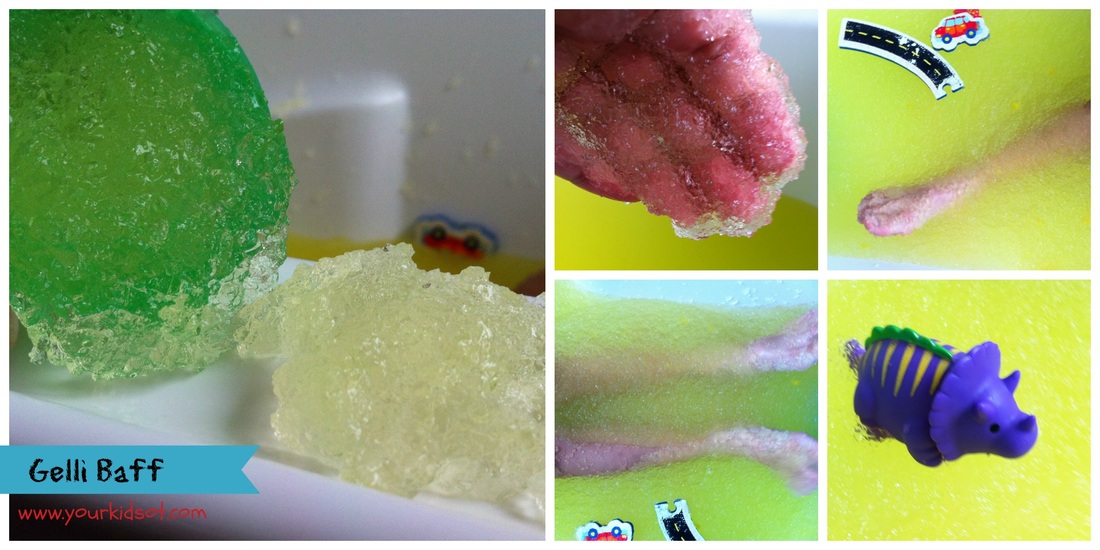
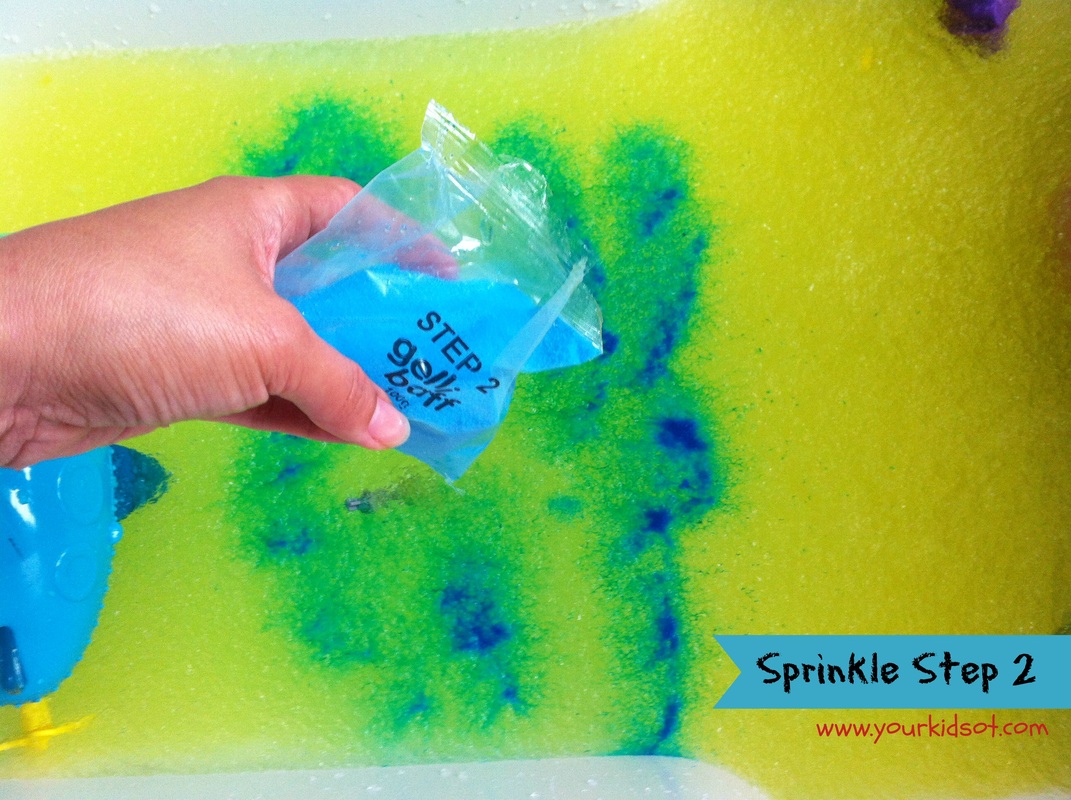
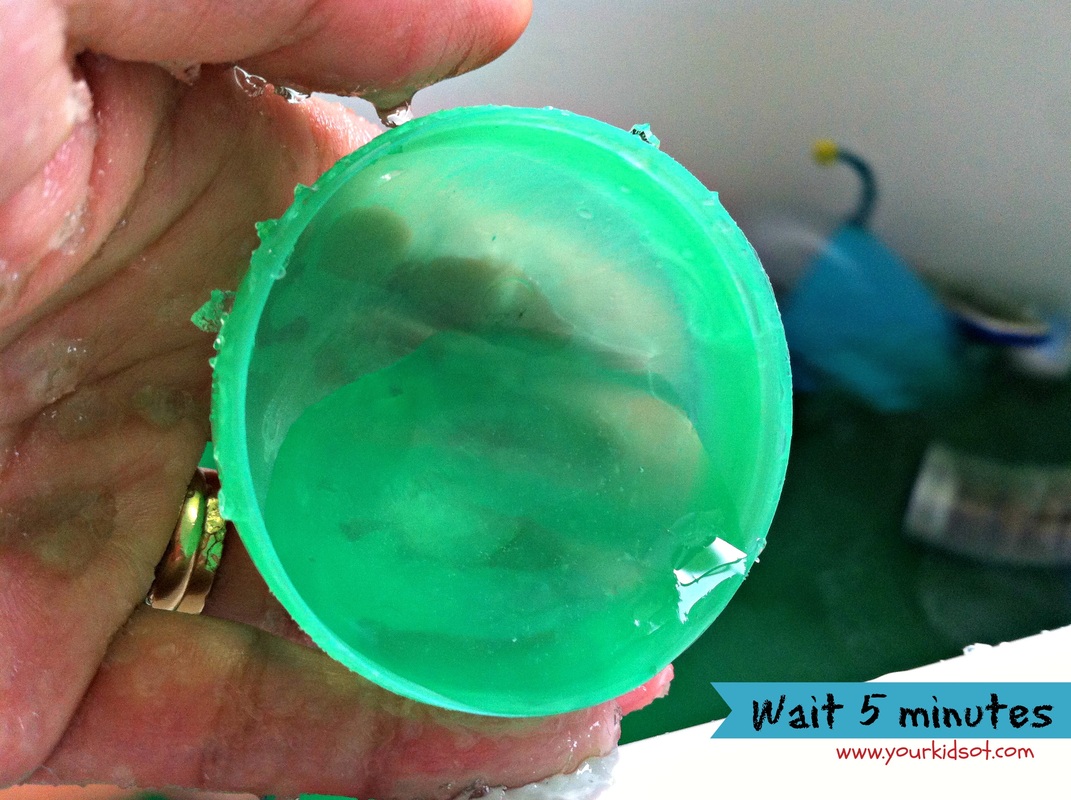

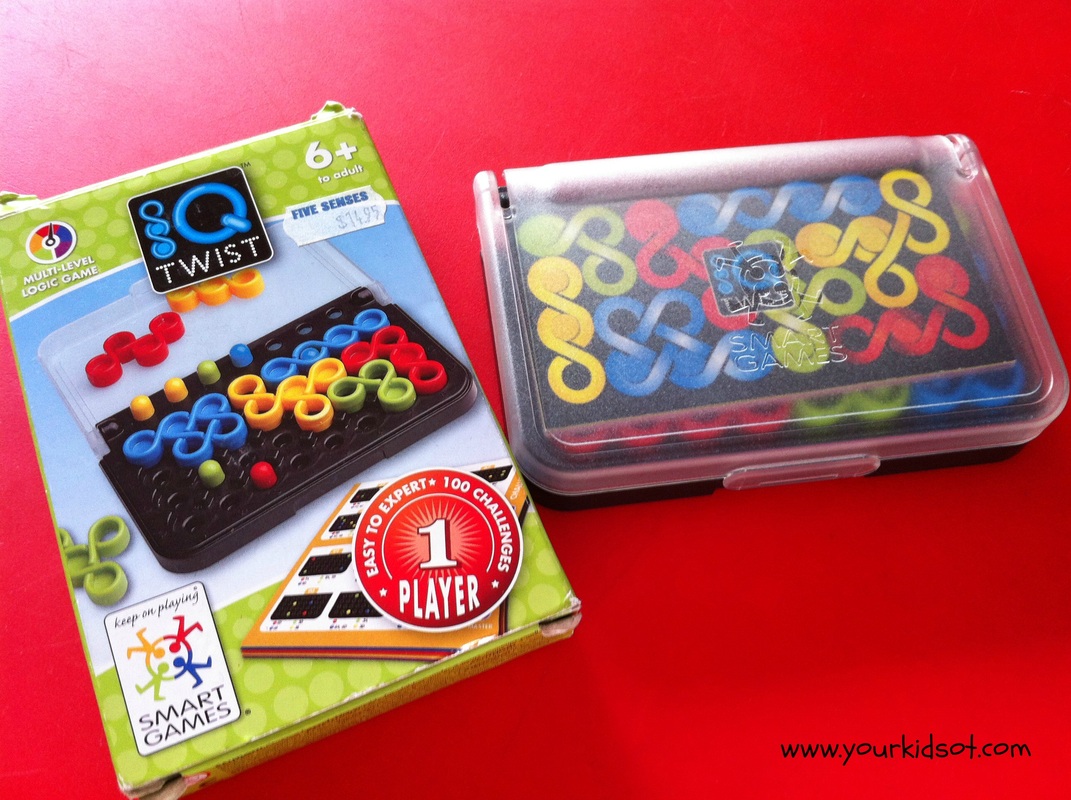
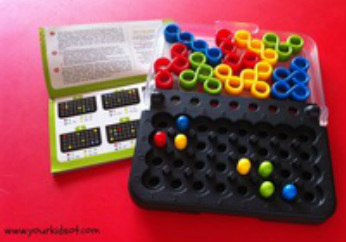
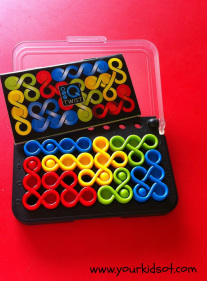

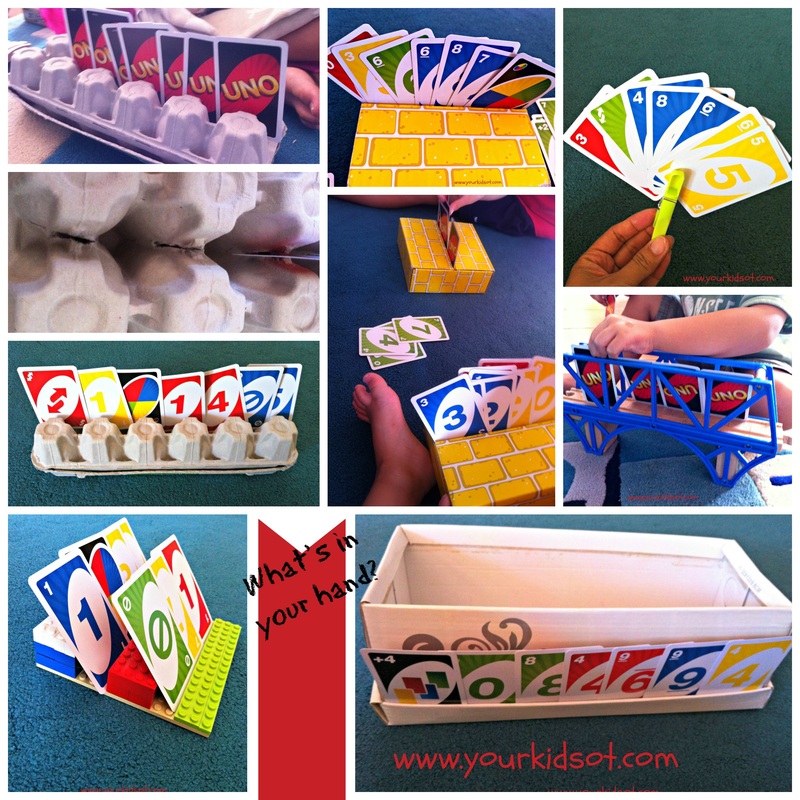

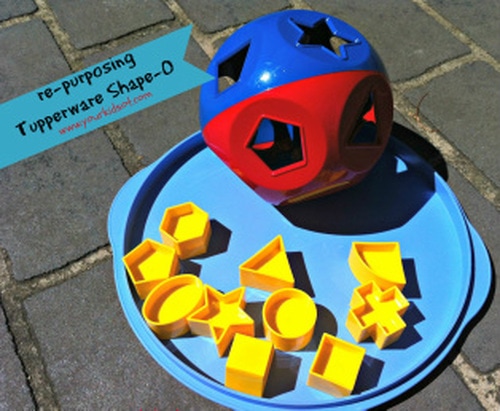
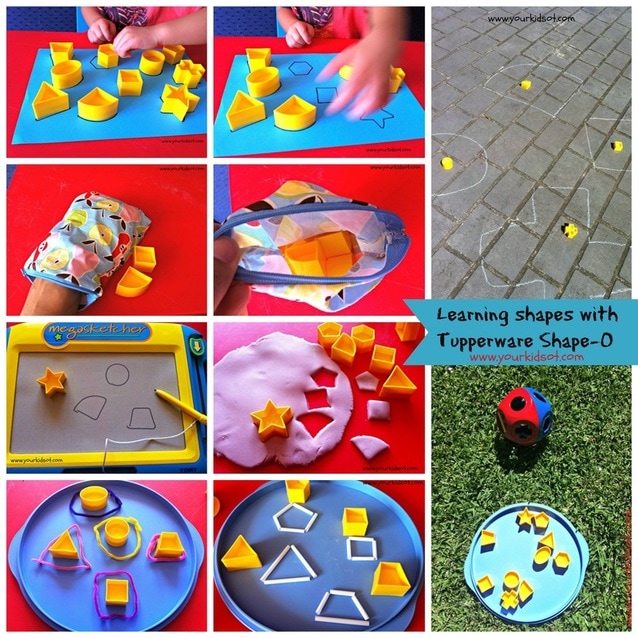
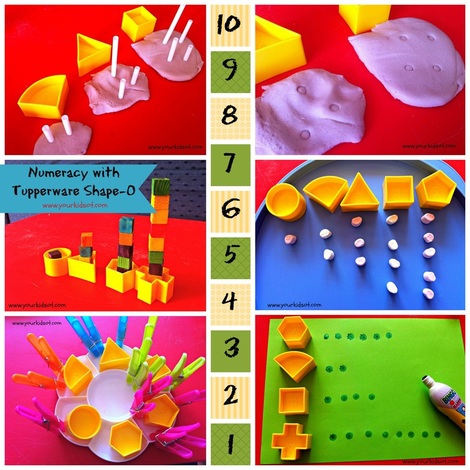
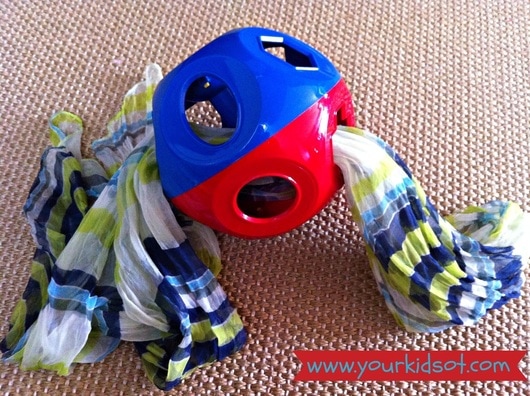

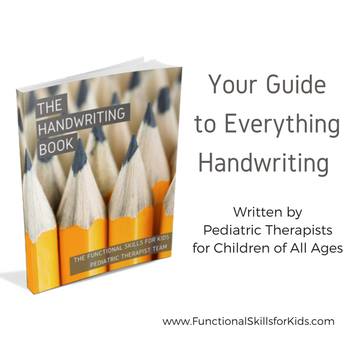
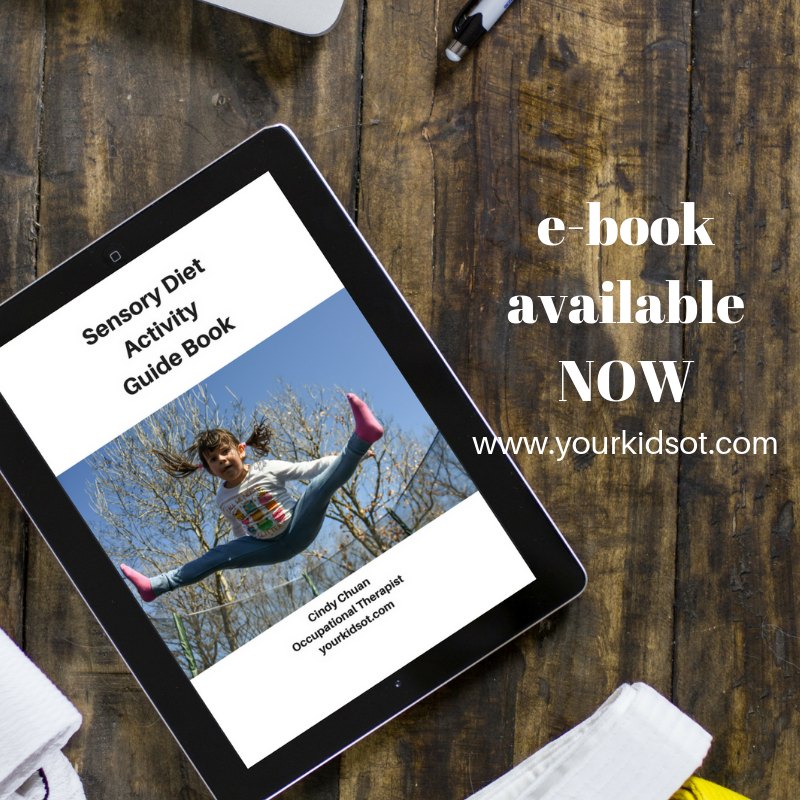
 RSS Feed
RSS Feed
